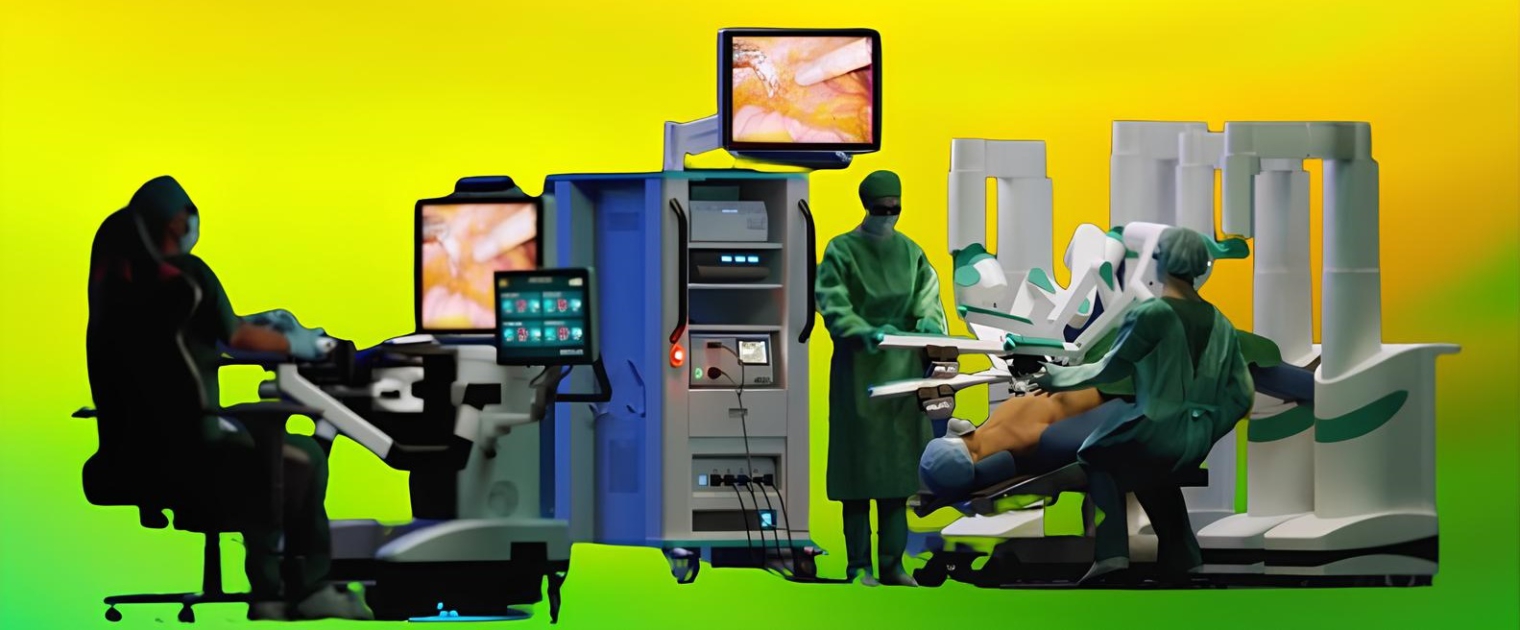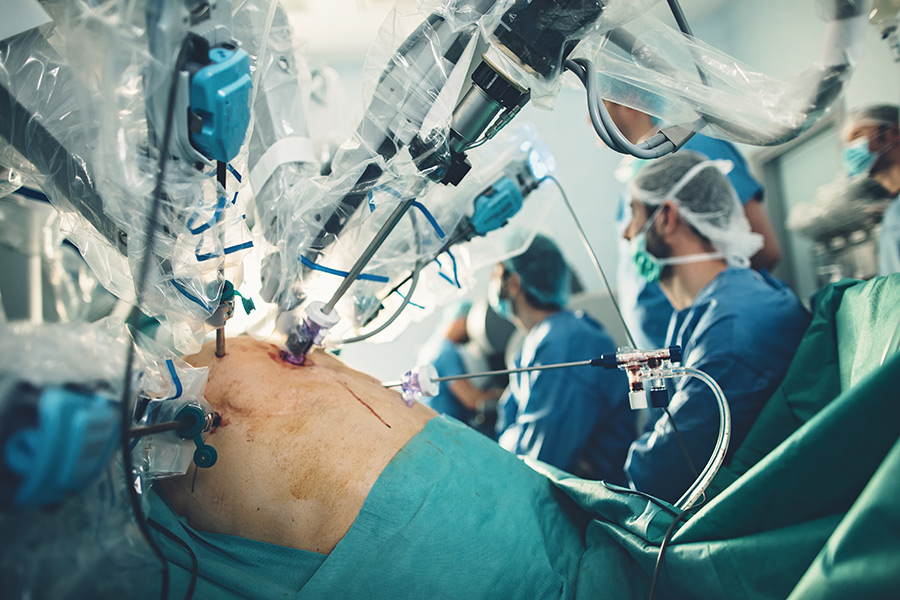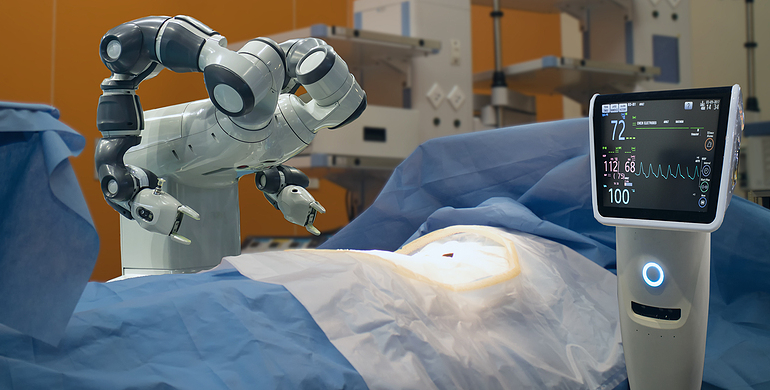
Advantages of Minimally Invasive Robotic Surgery
Minimally invasive robotic surgery offers several advantages over traditional surgical techniques. One significant benefit is the reduced risk of complications, particularly surgical site infections. By using smaller incisions and precise robotic instruments, the risk of infection is minimized, leading to improved patient outcomes and shorter recovery times.
Additionally, robotic surgery results in decreased pain and blood loss compared to traditional surgery. The minimally invasive approach, combined with the precision of robotic instruments, reduces trauma to surrounding tissues, resulting in less postoperative discomfort and a quicker return to normal activities for patients.
Another advantage of robotic surgery is the shorter hospital stays and faster recovery times for patients. With minimally invasive techniques, patients typically experience less disruption to their daily lives, allowing them to leave the hospital sooner and resume their normal activities more quickly than with traditional surgery.
Furthermore, robotic surgery leads to smaller, less noticeable scars due to the smaller incisions used in minimally invasive techniques. This cosmetic benefit is appreciated by patients who value both the functional and aesthetic outcomes of their surgical procedures.
The advantages of minimally invasive robotic surgery contribute to improved patient satisfaction, enhanced recovery, and better long-term outcomes for individuals undergoing surgical procedures.
- Advantages of Minimally Invasive Robotic Surgery
- Why to go with Robotic Surgery?
- Why Surgeons Prefer Robotic Surgery?


